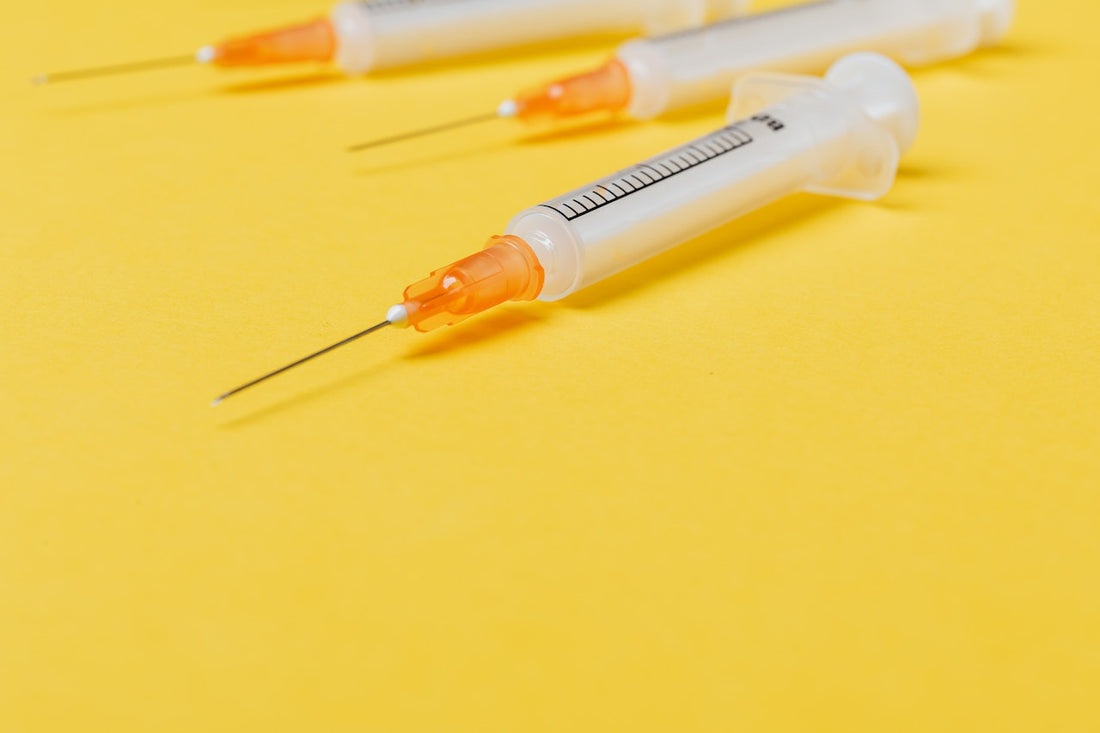Hypodermic needles are widely used in the medical field. Given how common they are, it’s best to have a good understanding of what they are and what they are used for. To help you out, here’s a brief breakdown of everything that you need to know about hypodermic needles.
What Are Hypodermic Needles?
Hypodermic needles are medical devices that are used to inject substances into or withdraw substances from the body. They are thin, sharp, and cylindrical tubes that are made of stainless steel, aluminum, or plastic. The needles are attached to a syringe, which is used to inject or withdraw the substances.
The needles are available in different sizes, depending on the size of the syringe. The most common sizes are 22 gauge, 21 gauge, and 20 gauge. The smaller the number, the thicker the needle.
What Are Hypodermic Needles Used For?
Hypodermic needles are used to inject medications, vaccines, and other substances into the body. They are also used to withdraw blood and other body fluids. The needles are inserted into a vein, artery, or muscle.
What Are the Different Types of Hypodermic Needles?
It’s also important to note that there are different types of hypodermic needs. To help you better understand this, here are the four types of hypodermic needles:
Intramuscular Injection
Intramuscular needles are most commonly used to inject medications into the muscles. They are also called IM needles. They are long needles that have a gauge of 20g to 23g. The length of the needle is usually between 13mm and 16mm.
Intradermal Injection
Intradermal injections are used to administer medications and other substances just below the epidermis, or upper layer, of the skin. They are commonly used for tuberculin skin testing, allergy testing, and injecting local anesthesia. A 25g to 30g gauge needle is preferably used, and the needle width should be small, between 0.5mm and 0.3mm. The length of the needle can vary between 8mm and 13mm, and it should be angled at 10 degrees when injected into the skin.
Subcutaneous Injection
A subcutaneous injection is a type of hypodermic needle that is used to deliver medicine into a layer of tissues called the subcutaneous layer. This layer is present between the skin and the muscles. Subcutaneous injections are well known for injecting insulin in patients who are suffering from diabetes. The medicine that is delivered through these injections is absorbed more slowly. Keep in mind that it may take up to 24 hours for the absorption to occur. The preferred gauge size for these injections is 25g to 30g, and the usual needle length is 4mm to 8mm.
Intravenous Injection
Intravenous injections are quick and efficient means of delivering medication to the body. They are commonly used to treat heart attacks, poisoning, and strokes. The needles come in different gauges, but most are between 20g and 25g.
Conclusion
We hope this article has helped further your understanding of hypodermic needles. While this may seem like a lot to take in all at once, this should give you enough foundational knowledge on hypodermic needles. Feel free to refer back to this article if you need a quick refresher on this subject.
If you’re in need of needles, we’ve got you covered. UKMEDI is a part of GG & BB Limited, a family-owned and operated business that specializes in e-commerce. We have over 24 years of experience in the retail and customer service industries and have been running our own company since 2018. For more information, please visit our website today

